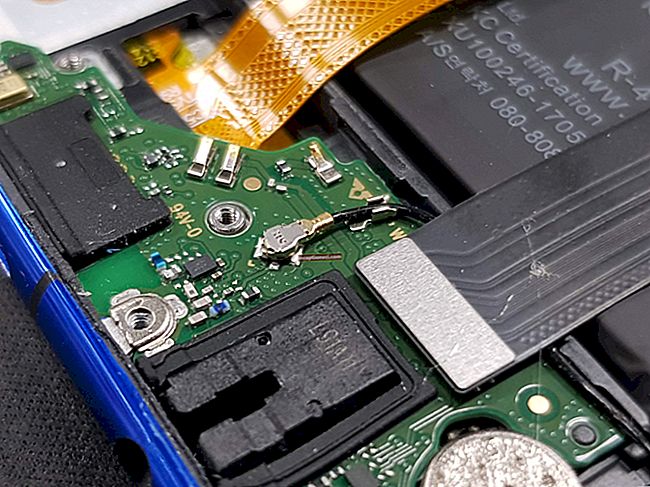If you are a newcomer who recently bought a Canon DSLR camera, then you are probably interested in the symbols depicted on the lens. Let's take a look at Canon's markings together.
AF / MF - switching between manual and automatic modes.
AL (Aspherical Lens) - Aspherical lenses are installed on the lens, which allow to increase the degree of aberration correction (for example, Canon EF 14 f / 2.8L II USM has 2 lenses of this type).


CaF2 - the lens has fluorite glass lenses. These are installed on expensive and very high quality lenses.
CA (Circular Aperture) - the lens has a circular aperture.
DC (Micro motor) - focusing system with a micro motor. Focusing is slower than USM. Used on Canon budget lenses.
DO (Diffractive Optics) - lenses with diffractive elements in their construction. Their optics eliminate defects such as chromatic aberration and distortion. The dimensions of such lenses are small. Marked with a green ring. Canon has produced very few such lenses. One of them is the EF 400 mm f / 4 DO IS USM.
EF (Electro-Focus) - all Canon lenses manufactured after 1987 of that type. They are compatible with all current Canon cameras and even film cameras. The lens has an autofocus system, i.e. the camera sends commands through special contacts to the lens.
EF-S (Electro-Focus Short back focus) - lenses have appeared relatively recently. Identical to EF, only the rear lens is positioned slightly closer to the image sensor. EF-S lenses are not compatible with type 5D, 1D full format cameras. They differ from EF lenses by the white mark on the lens mount (while the EF has a red mark).
FD are very old lenses from Canon. They were produced in the distant 70-80s of the last century and are not compatible with modern cameras. To fit such a lens onto a new EF mount DSLR, you need a special adapter. Those. such lenses have lost their value. If you are not a fan of antiques, then the FD lens is not for you.
f: 3.5-5.6 Is the maximum aperture for the lens. On fixes, of course, there is one number, because it has the only focal length. For zoom lenses (zooms), two numbers (in this version - 3.5-5.6). The numbers are the maximum apertures at near and far focal lengths. If the number is the same at the zoom, then the maximum aperture will also be the same for all focal lengths. The maximum aperture determines the aperture.
FE (Fisheye) - a special lens, the so-called "fisheye". Photos taken with this lens are not at all the same as from others (example - Canon EF 8-15mm f / 4L Fisheye).

FT-M (Full Time Manual) - manual focusing (constant). No need to switch to manual focus mode.
Float - floating lenses.
IS (Image Stabilizer) - the lens has an image stabilizer. The STABILIZER switch controls on / off and special modes. There is a stabilizer in almost every luxury professional telephoto lens. Although there are more budget lenses with IS. The Canon EF-S 18-200 f / 3.5-5.6 IS is one such lens.

I / R (Internal Focus / Rear Focus) - lenses with internal focusing. Focusing is done by the rear lens system, while the front lens does not rotate.
L (Luxury) - Professional lenses from Canon premium (with fluorite lenses, featuring ultra-low dispersion, dust and moisture protection). They are marked with a red ring. These are super expensive lenses with very high quality optics. They are often large in size and weight. For example, this Canon EF 70-200 f / 2.8L IS USM II:

Macro –Lens for macro photography of everything small (objects, insects, etc.). The Canon EF-S 60 f / 2.8 Macro USM is a typical macro lens.

S-UD - the lens contains lenses made of S-UD glass (extra low dispersion)
SF (Soft Focus) - the so-called "soft focus". It is used for shooting portraits, still lifes.
TS-E (Tilt-Shift) - lenses with perspective correction function. Change tilt and shift images. Very expensive lenses.If you like to shoot buildings and have not yet mastered the Photoshop program (where you can remove geometric distortions), then you need such a lens. One of them is the Canon TS-E 17 f / 4L.

UD - UD glass lenses (low dispersion) in the lens. It is a special glass with optical characteristics similar to fluorite.
USM (Ultrasonic Motor) - a lens where instead of a screw in the focusing system, an ultrasonic motor is installed. With it, the focusing process is very fast and almost silent. The Canon EF 85 f / 1.8 USM is a lens with this system.
II, III - lens version. For example, if the lens says II, then there is one earlier version with the same focal length. For example, the Canon EF 75-300 f / 4-5.6 III has two predecessors.

1.8m - / 6m - - focus mode switch. For example, if it is set at 1.8m, it means the lens will focus to 1.8m (closest focusing distance), and if at 6m, it will only focus to 6m. These switches can be found on telephoto lenses. It is on the Canon EF 100-400 mm f / 4.5-5.6L IS USM.
55-200mm - a range of different focal lengths for zoom lenses. The first number is the minimum available focal length, the second is the maximum available when working with this lens (in this case, the minimum is 55 mm, the maximum is 200 mm). If the number is one, then you have a fixed focal length lens (prime, not zoom). So, Canon EF 20 f / 2.8 USM - fixed.
Using the above, let's analyze the designations of the Canon EF-S 18-200 f / 3.5-5.6 IS lens.
1. This is a modern lens EF-S.
2. This is a zoom lens because it has many focal lengths: 18-200 mm.
3. Apertures at focal lengths (near and far): f / 3.5-5.6.
4. This lens has an image stabilizer: IS.
Having memorized these simple data, you can find out the characteristics of any lens from Canon by name.









